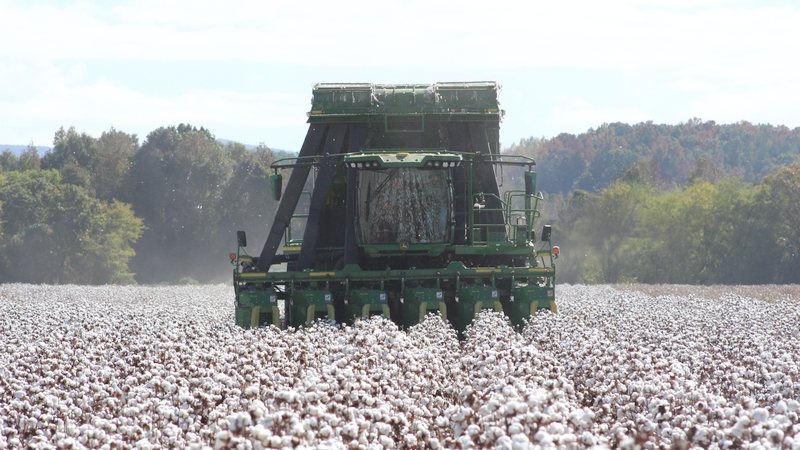Clear Trend: Increased Yields
In the first decade of this century, we have seen both Indian cotton production and Chinese cotton consumption double in size, U.S. consumption fall by 60%, and European consumption fall by 80%. Pakistan’s crop has grown by 40%. U.S. production reached a record high of nearly 24 million bales, then fell back down by nearly 46% last season as corn and soybeans claimed acres that had been planted to cotton as long as anyone alive could remember.
As we approach the conclusion of the first 10 years of the 21st century, we should consider what new changes are in store for the world’s cotton industry. The events of the last 10 years provide signals of the forces that will give opportunities for growth in certain places. Can we anticipate the new trends before they materialize?
Clearly one strong trend from the last 10 years that will continue into the foreseeable future is an increase in yields. World cotton yields have gone from 531 pounds per acre in 2000/01, to a peak of 702 pounds in 2007/08. The world average is still far below what we find in countries such as China, Brazil and the United States. Seed breeders say they are committed to doubling yields in the next 20 years, so there will be no lack of effort to consolidate and improve on recent trends.
In India, cotton yields have nearly doubled in the last 10 years. The corresponding improvement in revenue to the farmer from growing cotton has provided a great deal of enthusiasm for the crop. The area devoted to cotton in India has risen by 25% over the last 10 years. With the increase in yield, the crop has exceeded 31 million local bales recently. Could Indian cotton production reach 40 million bales by the end of the next decade? It seems a conservative objective. After all, it is only a 27% increase, compared to the doubling the last decade brought.
Have we finally seen a bottom to the level of acreage that the U.S. farmer will plant to cotton? The answer is yes. Futures prices for 2010 delivery have recently made intrusive moves into the 70-cent area that would improve the profitability of cotton production, while corn prices have stayed in the $3 to $4 per bushel range. Soybean prices have remained elevated at $9 to $10 per bushel. Nevertheless, cotton’s yield per acre makes it the most attractive crop in the Southeastern U.S. At current prices, cotton acreage will rise in the Southeast. Texas cotton area will remain stable or grow moderately. In the Delta, cotton costs are high and soybean yields are better than in the Southeast. Cotton prices will have to continue to rise if we want to attract area there. Will the world demand it?
Before the onset of the recession, world cotton demand reached a peak of nearly 121 million bales. It fell to 110 million bales last season. We are seeing the initial signs of recovery in spinning activity around the world.
Consumption will reach 113 million bales in 2009/10. If we resume the 3.2% growth rate we experienced in the 10 year period prior to the recession, how much cotton will we consume halfway through the next decade in 2015? This steady pace will produce 137 million bales of consumption by then. It seems like a formidable task to supply such a huge level of demand.
However, science has provided us with the ability to increase cotton yields from 531 pounds per acre to 702 pounds in just the last seven years. If we are able to achieve this same 32% increase going forward from 2008, we will be able to produce about 150 million bales of cotton in 2015 with no increase in area from our current planting indications.
History has shown us that the world will continuously undergo substantial production and consumption changes over time. Over the next decade, the key variable in the supply and demand for cotton may simply be yield.









